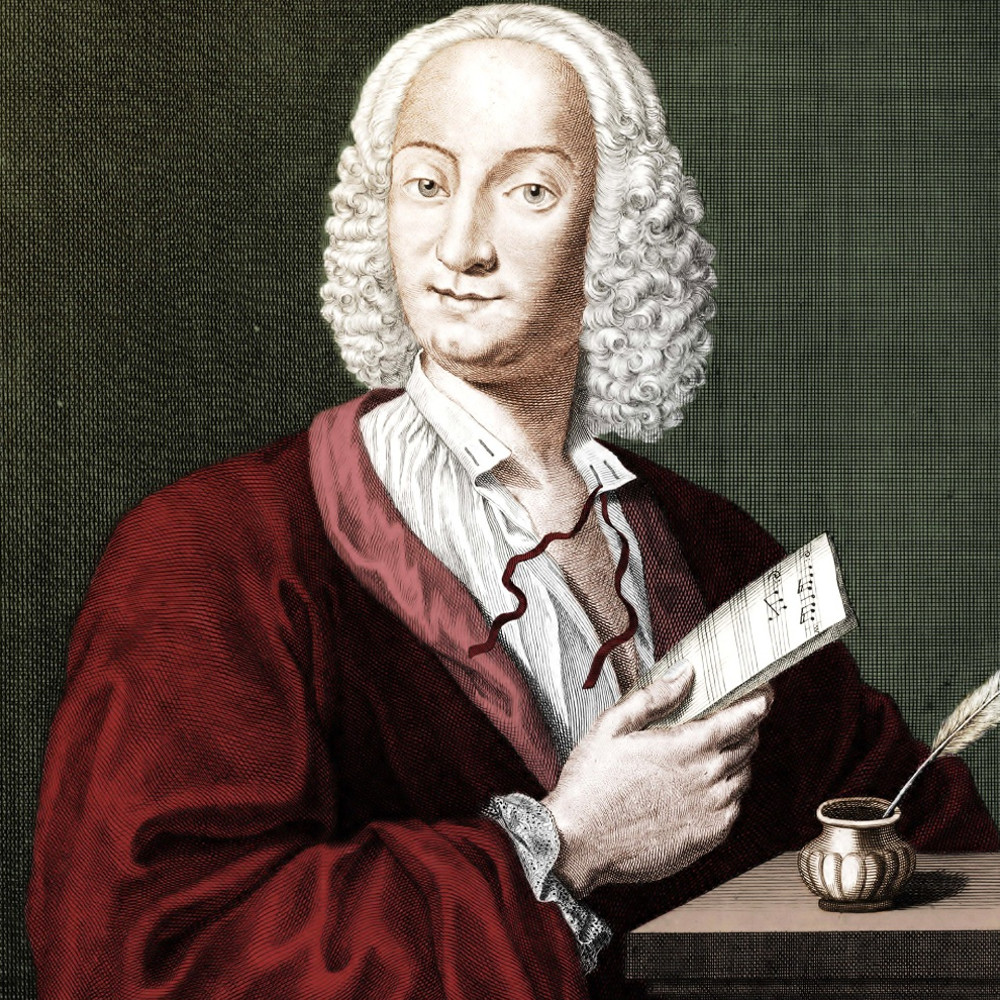

A remark Corelli later made to a patron suggests that his musical education focused mainly on the violin. Although historically plausible, these accounts remain largely unconfirmed, as does the claim that the papal contralto Matteo Simonelli first taught him to write in the “ Palestrina style”.

Reports by later sources link Corelli's musical studies with several master violinists, including Benvenuti, Brugnoli, Bartolomeo Laurenti and Giovanni Battista Bassani.

A major centre of musical culture of the time, Bologna had a flourishing school of violinists associated with Ercole Gaibara and his pupils, Giovanni Benvenuti and Leonardo Brugnoli. Musical education Īccording to the poet Giovanni Mario Crescimbeni, who presumably knew the composer well, Corelli initially studied music under a priest in the nearby town of Faenza, and then in Lugo, before moving in 1666 to Bologna. This gap is especially pronounced for his formative years, including his musical education traditional accounts of a highly idealized childhood have long been debunked. The wealth of anecdotes and legends attached to Corelli contrast sharply with the paucity of reliable contemporary evidence documenting events in his life. Consequently, he was raised by his mother, Santa ( née Ruffini, or Raffini), alongside four elder siblings. Corelli's father, from whom he took the name Arcangelo, died five weeks before the composer's birth. Although apparently prosperous, they were almost certainly not of the nobility, as several fanciful accounts of the composer's genealogy subsequently claimed. His ancestors had been in Fusignano and land-owners there since 1506, when a Corelli moved to the area from Rome.

His position in the history of Western music is considered crucial, being recognized as one of the greatest masters at the turn of the XVII and XVIII century, as well as one of the earliest and greatest classicists.īaptismal records indicate that Corelli was born on 17 February 1653 in the small Romagna town of Fusignano, then in the diocese of Ferrara, in the Papal States. Even today his work is the subject of a voluminous critical bibliography and his sonatas are still widely used in musical academies as didactic material as well as pieces capable of affirming themselves in today's concert repertoire. He was known in his time as "the new Orpheus", "the prince of musicians" and other similar adjectives, great folklore was generated around his figure and his fame did not diminish after his death. As a virtuoso violinist he was considered one of the greatest of his generation and contributed, thanks to the development of modern playing techniques and to his many disciples scattered throughout Europe, to place the violin among the most prestigious solo instruments and was also a significant figure in the evolution of the traditional orchestra.Ī dominant figure in Roman musical life and internationally highly regarded, he was desired by many courts and was included in the most prestigious artistic and intellectual society of his time, the Pontifical Academy of Arcadia. He was the first to fully apply, with an expressive and structuring purpose, the new tonal system, consolidated after at least two hundred years of experimentation. His writing was admired for its balance, refinement, sumptuous and original harmonies, for the richness of the textures, for the majestic effect of the theatricality and for its clear, expressive and melodious polyphony, a perfect quality of classical ideals, although belonging to the baroque epoch and often employing resources typical of this school, such as the exploration of dynamic and expressive contrasts, but always tempered by a great sense of moderation. Though his entire production is limited to just six published collections - five of which are Trio Sonatas or solo and one by Concerti grossi - he achieved great fame and success throughout Europe, in the process crystallizing widely influential musical models. He was trained in Bologna and Rome and spent most of his career there with the protection of wealthy patrons. His music was key in the development of the modern genres of sonata and concerto, in establishing the preeminence of the violin, and as the first coalescing of modern tonality and functional harmony. Portrait of Arcangelo Corelli by the Irish painter Hugh Howard (1697)Īrcangelo Corelli ( / k ə ˈ r ɛ l i/, also UK: / k ɒ ˈ-/, US: / k ɔː ˈ-, k oʊ ˈ-/, Italian: 17 February 1653 – 8 January 1713) was an Italian composer and violinist of the Baroque era. For other uses, see Corelli (disambiguation).


 0 kommentar(er)
0 kommentar(er)
